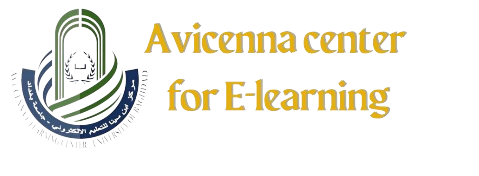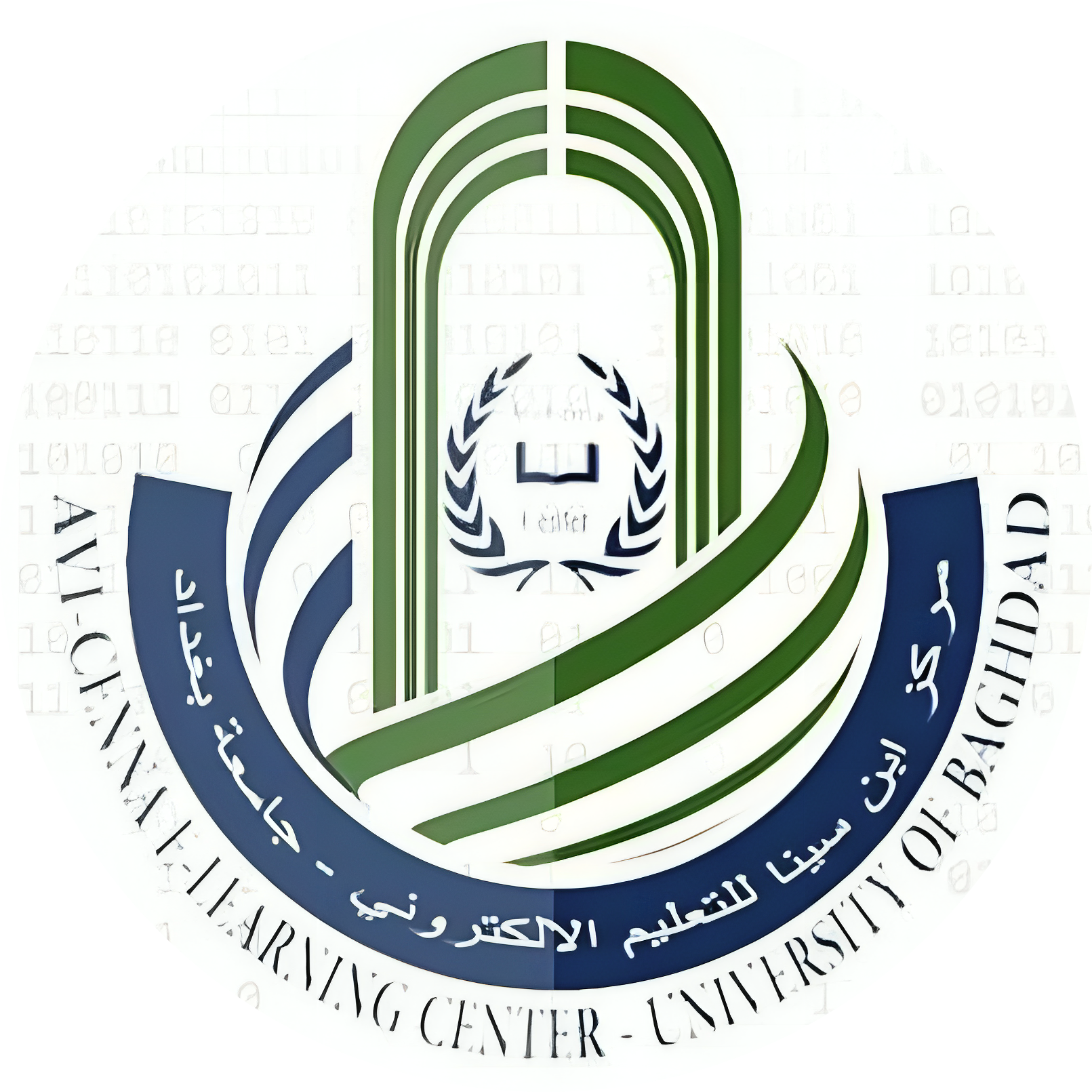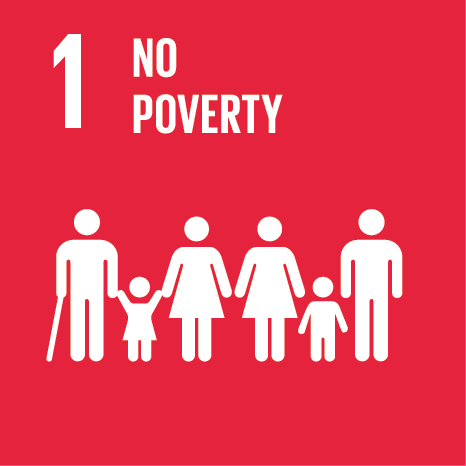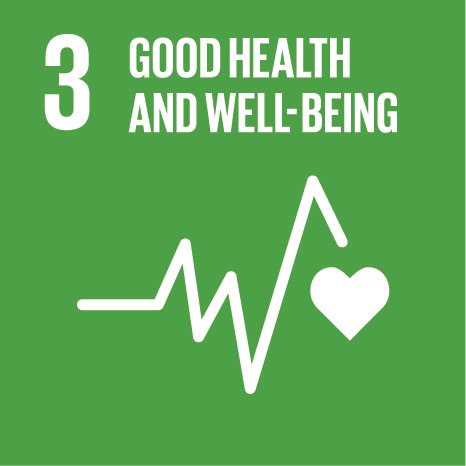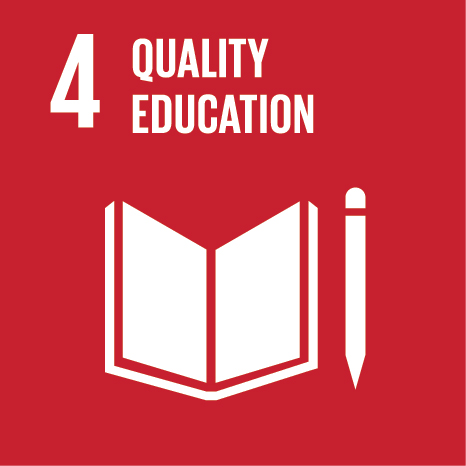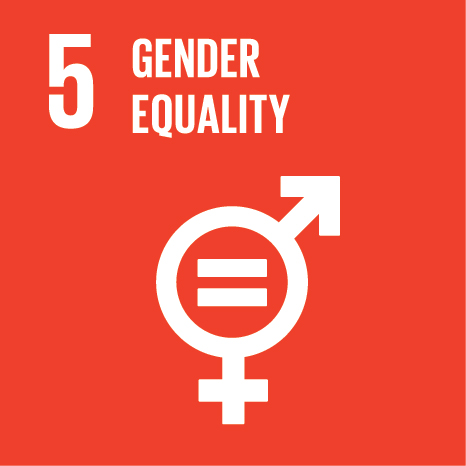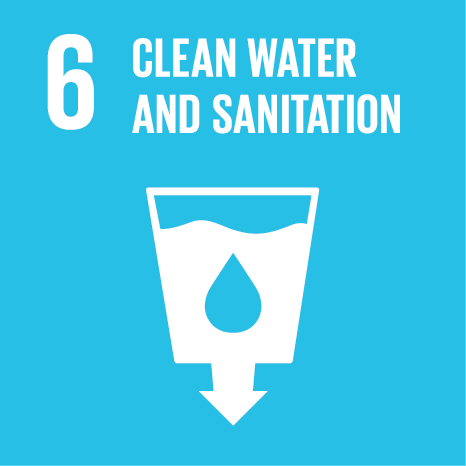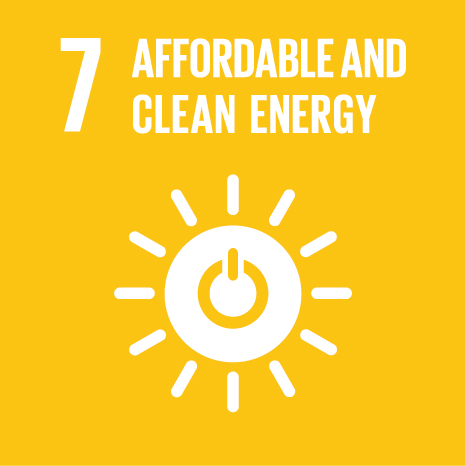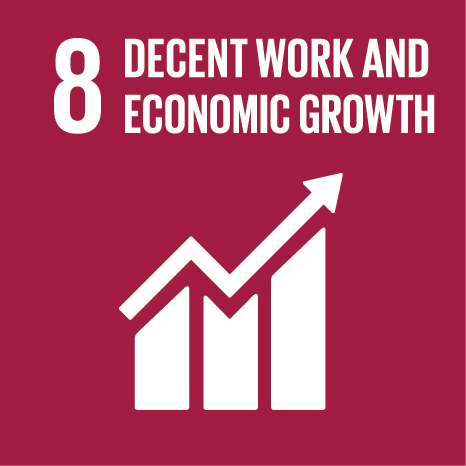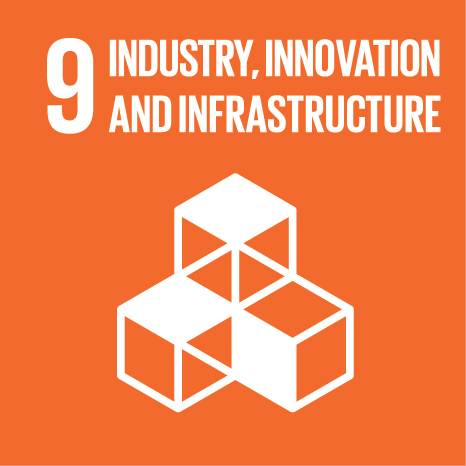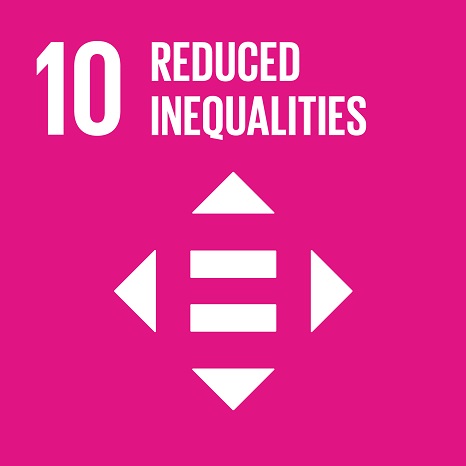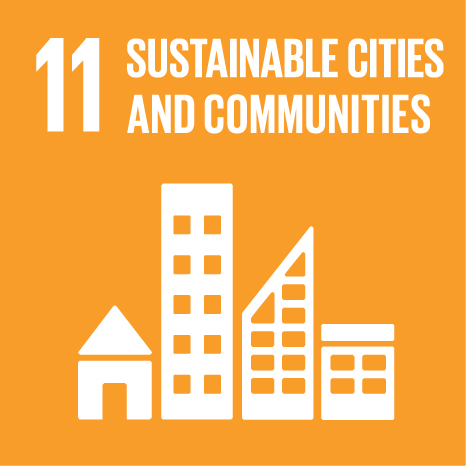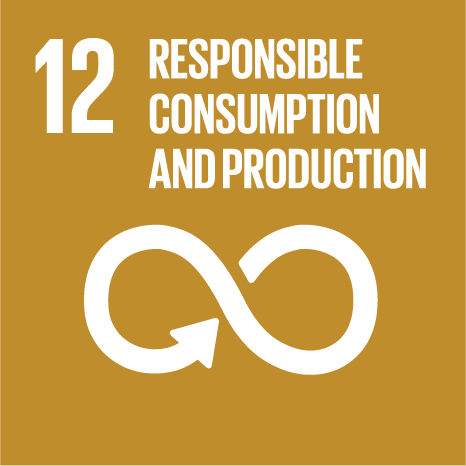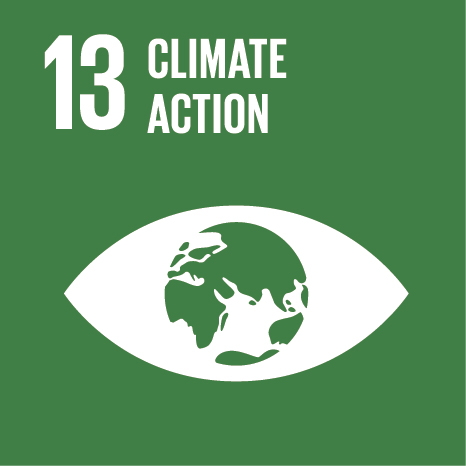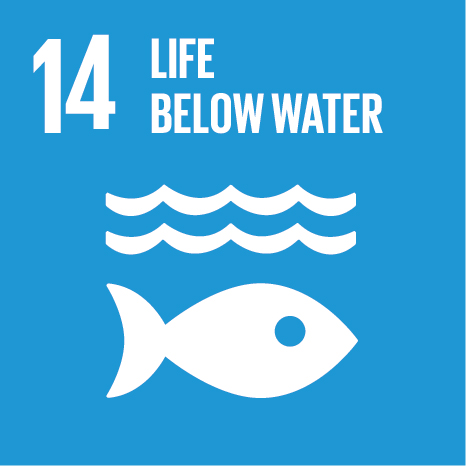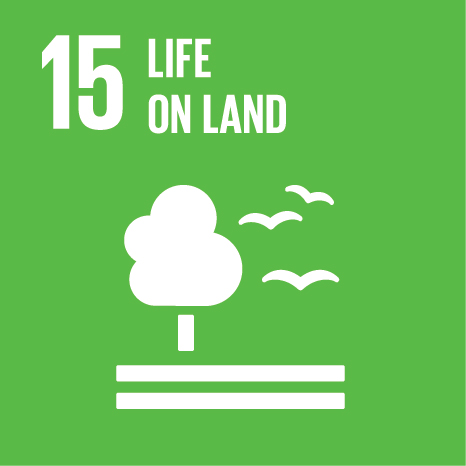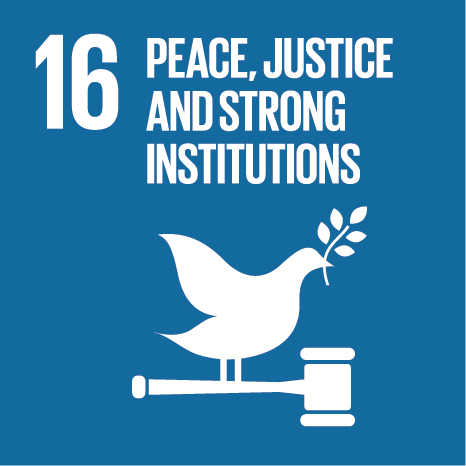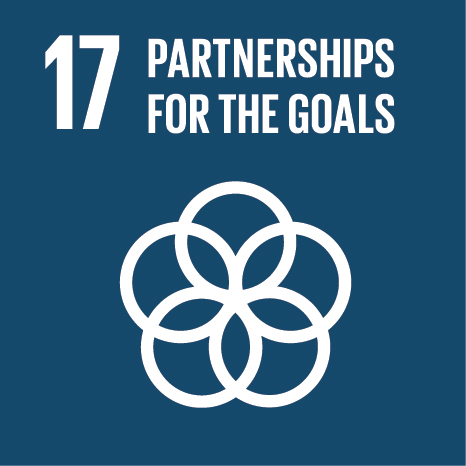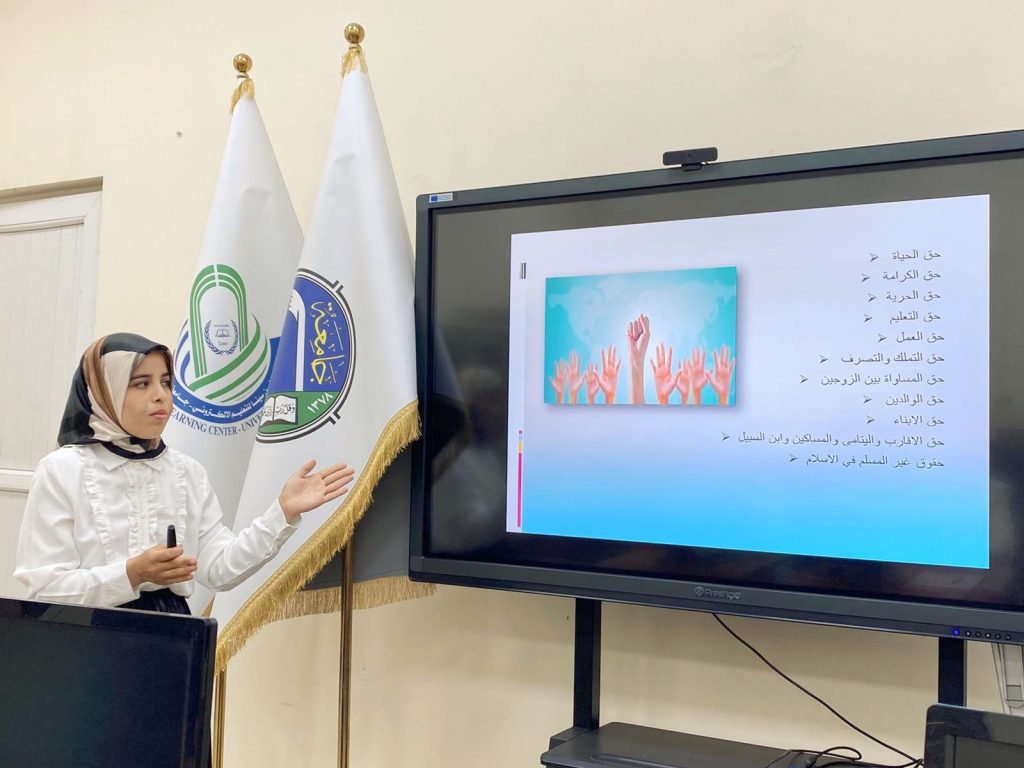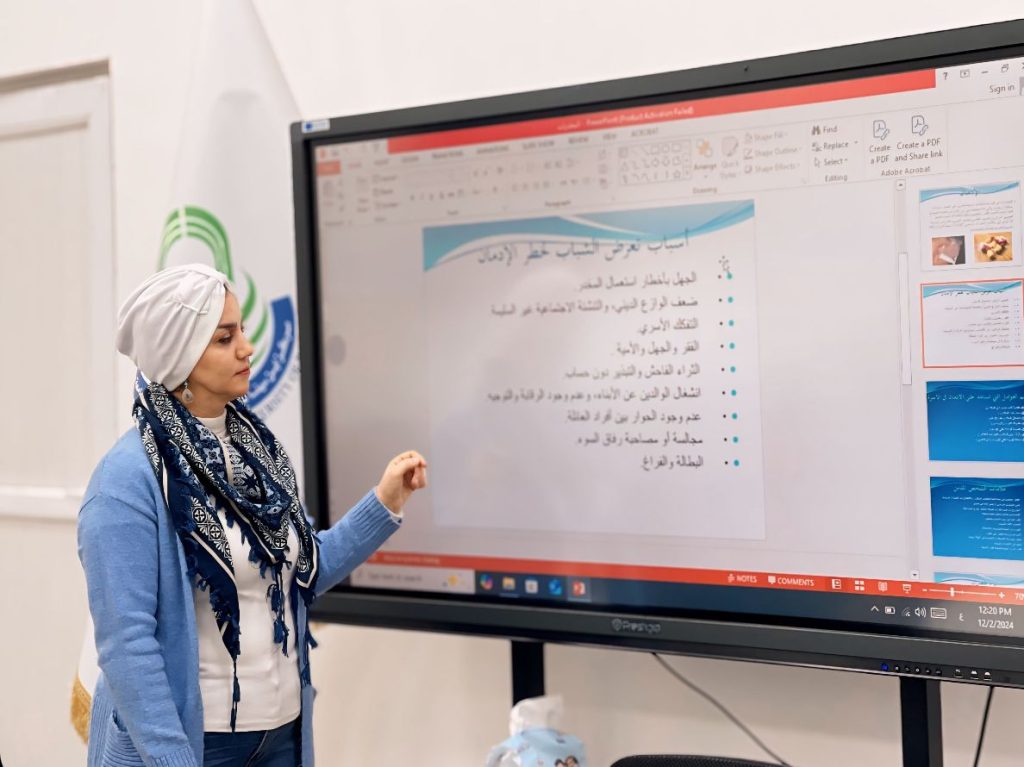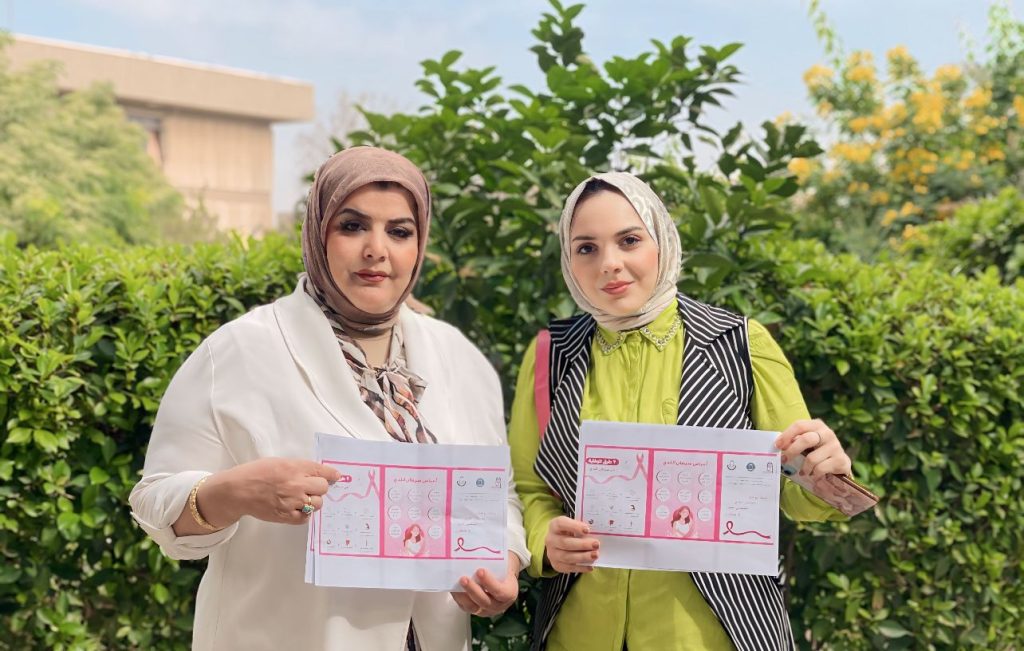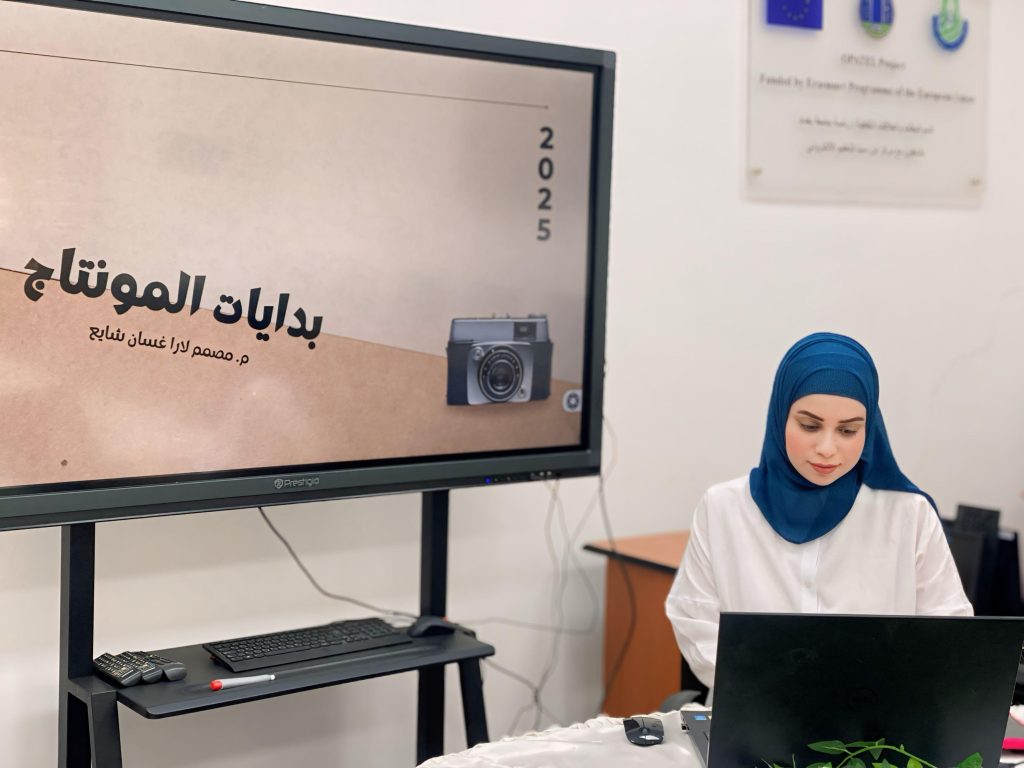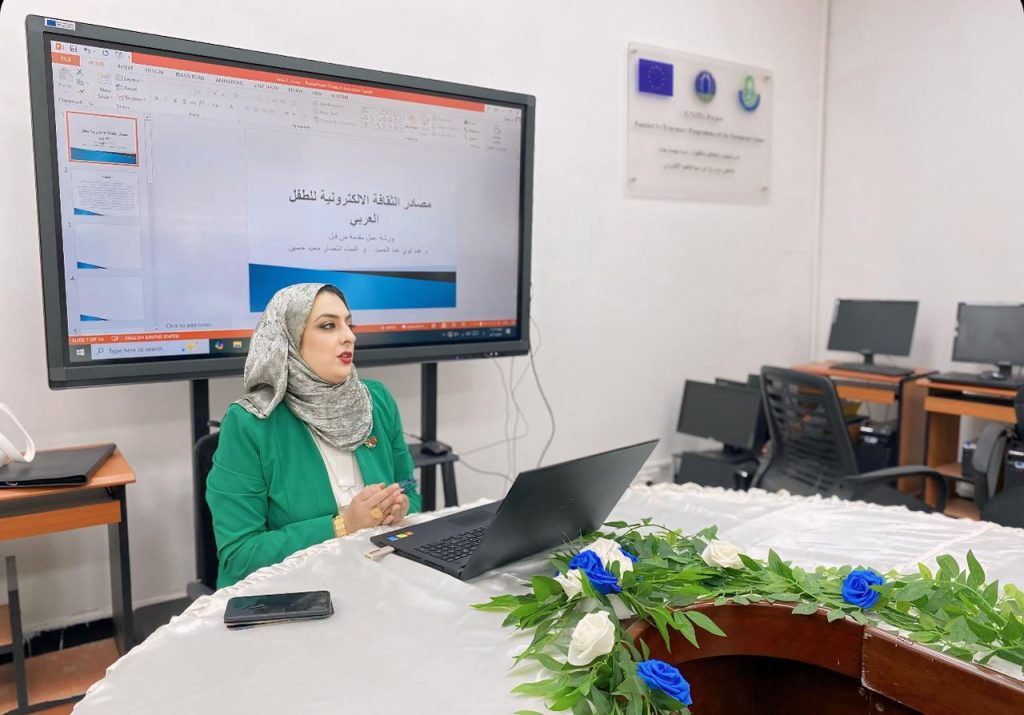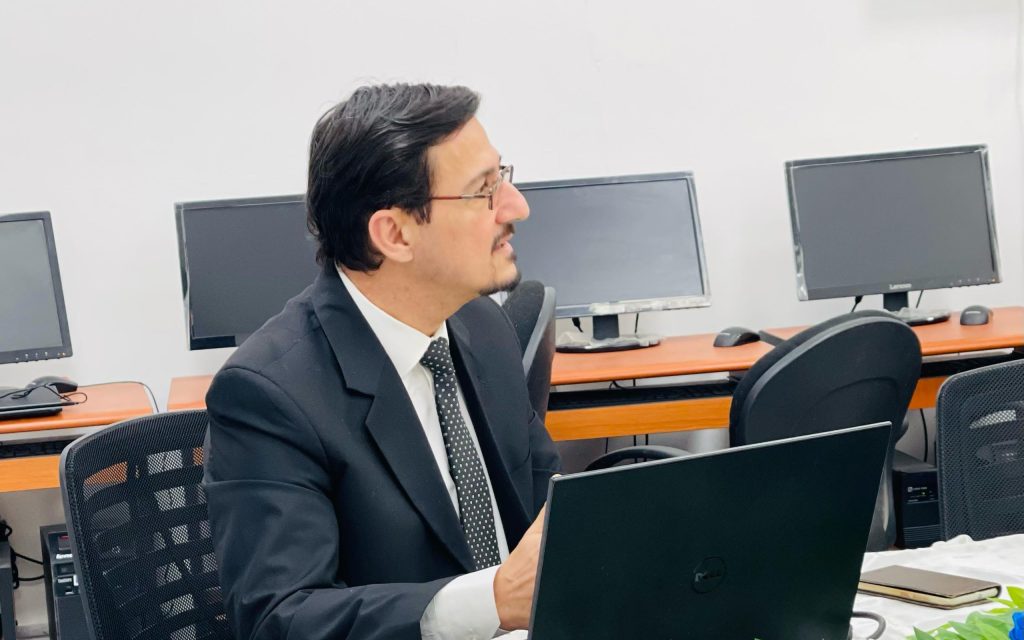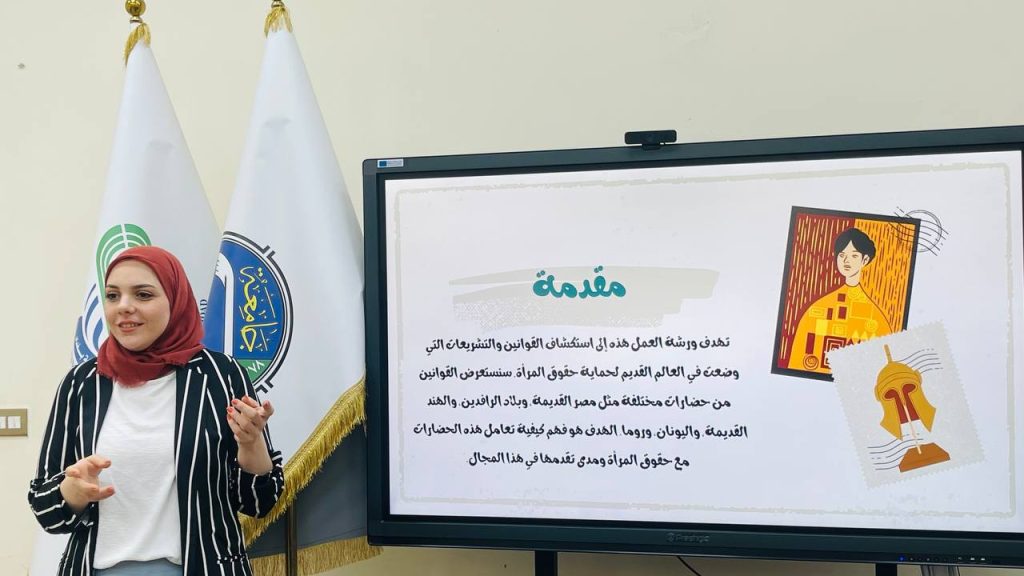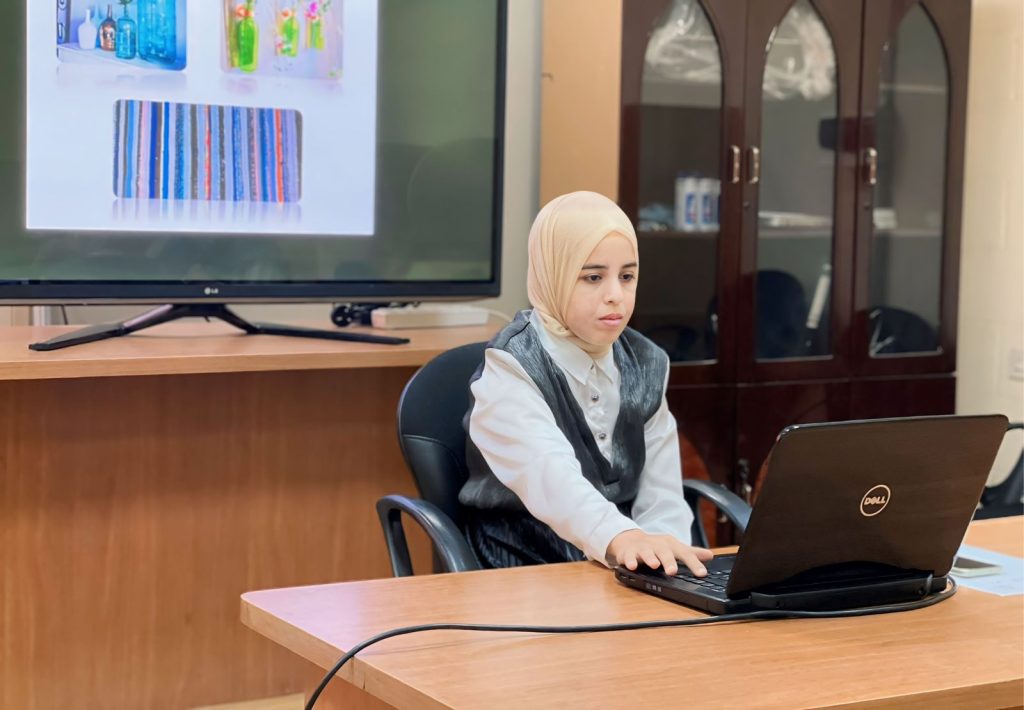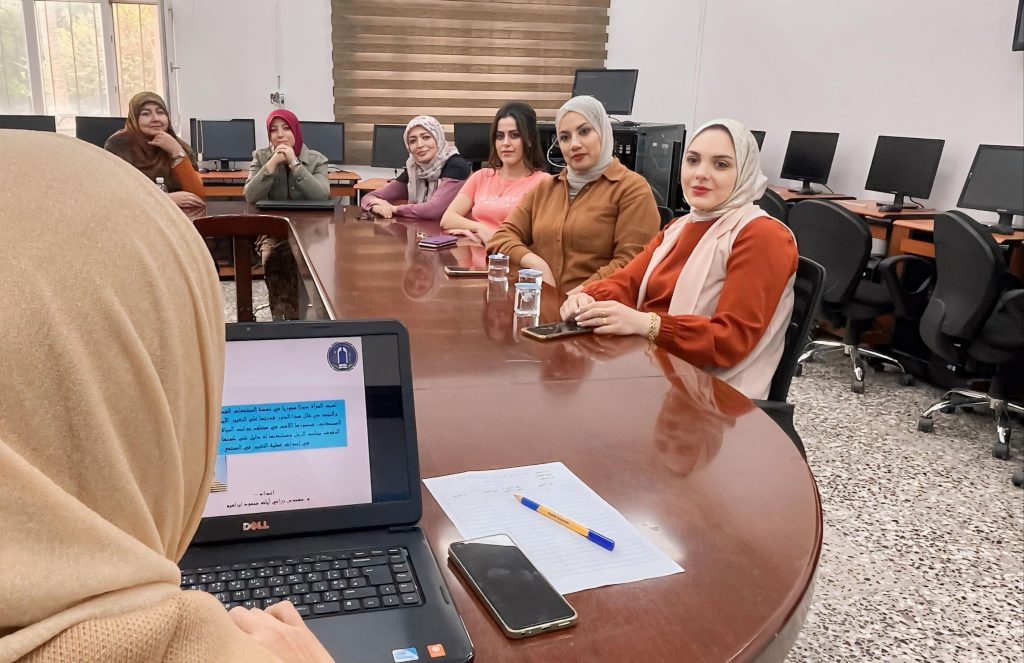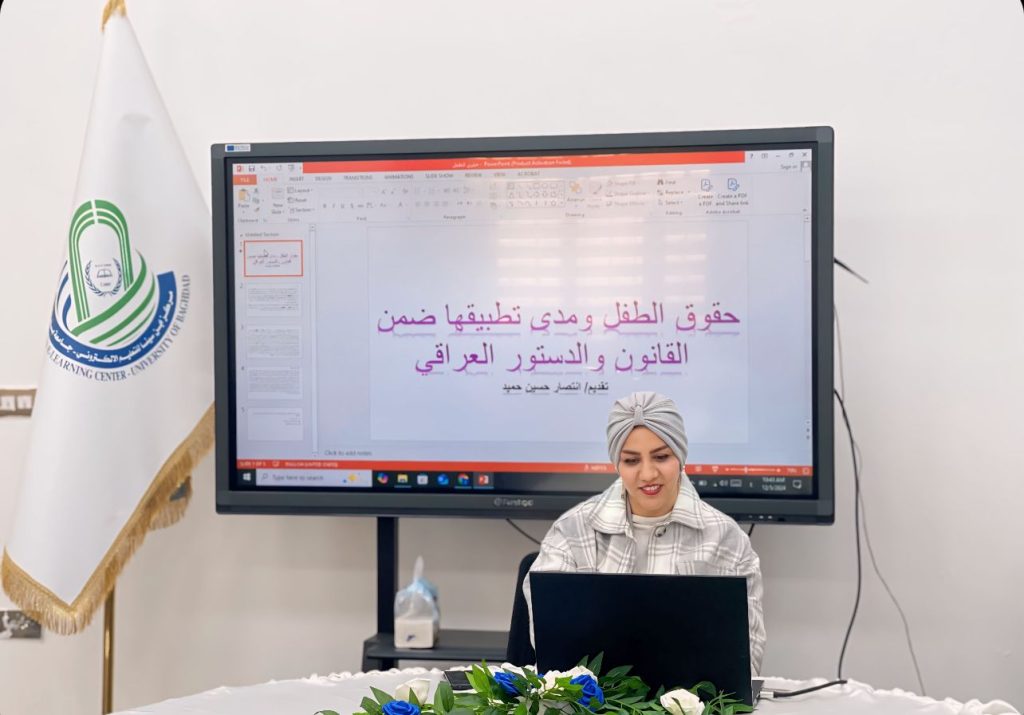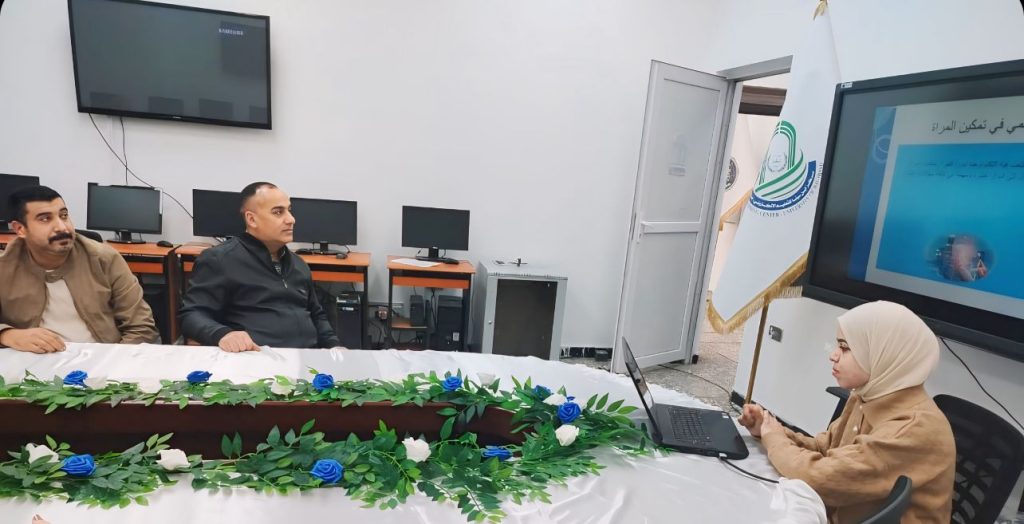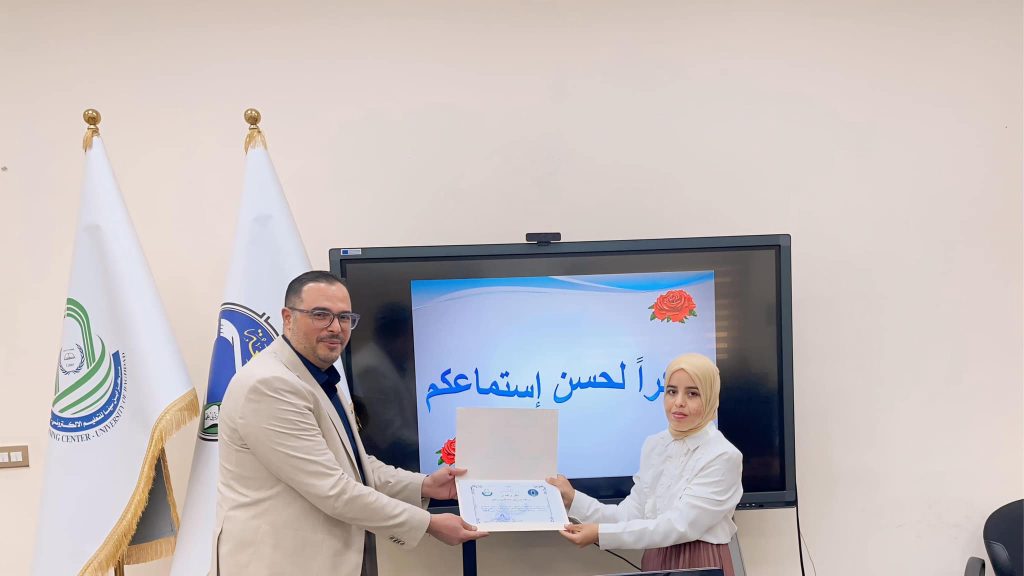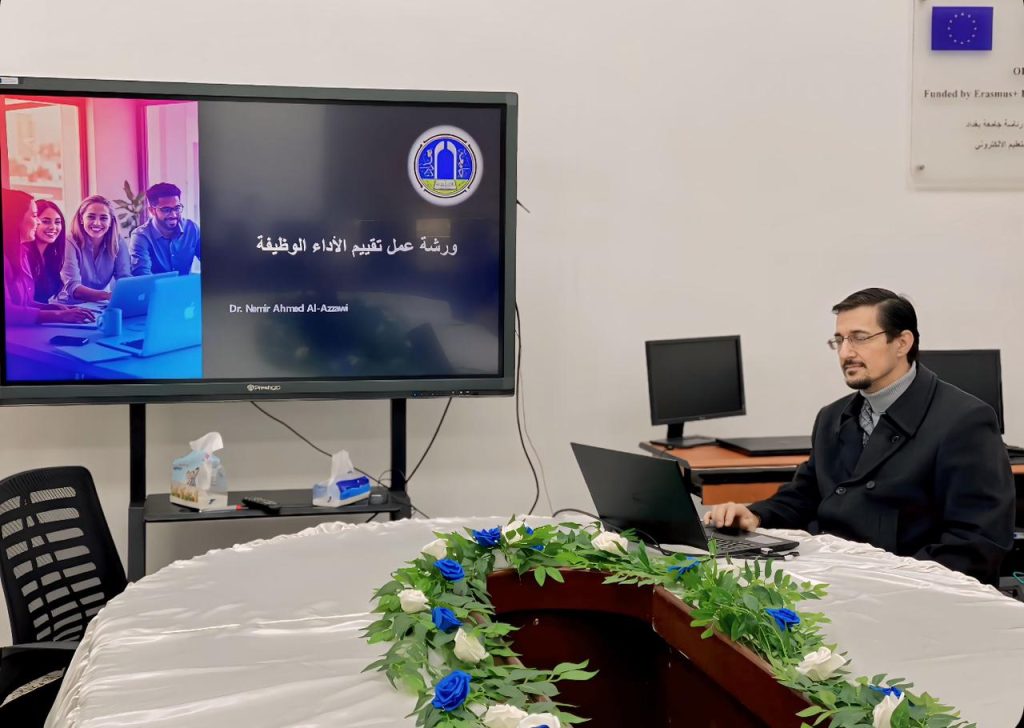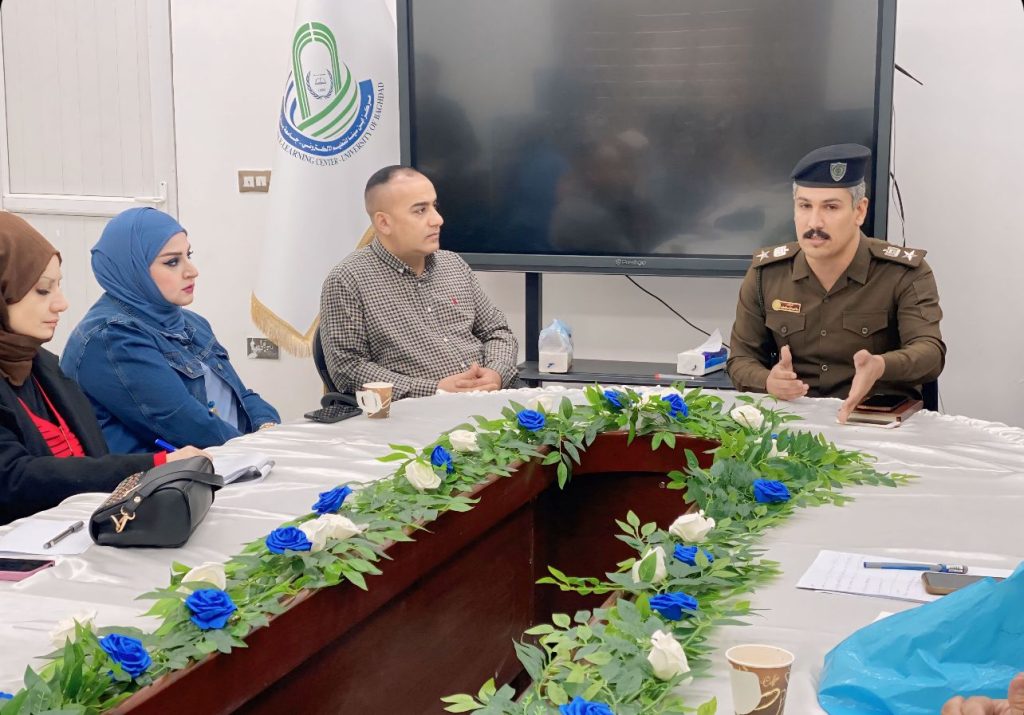_
The first goal
No Poverty
Globally, the number of people living in extreme poverty declined from 36 per cent in 1990 to 10 per cent in 2015. But the pace of change is decelerating and the COVID-19 crisis risks reversing decades of progress in the fight against poverty. New research published by the UNU World Institute for Development Economics Research warns that the economic fallout from the global pandemic could increase global poverty by as much as half a billion people, or 8% of the total human population. Source
The activities
_
The Second Goal
Zero Hunger
After decades of steady decline, the number of people who suffer from hunger – as measured by the prevalence of undernourishment – began to slowly increase again in 2015. Today, there are over 820 million people accustomed to going to bed hungry, with around 135 million suffering from acute hunger due to human-made conflicts, climate change, and substantial economic downturns. Source
The activities
_
The Third Goal
Good Health and Well-being
Ensuring healthy lives and promoting well-being at all ages is essential to sustainable development. Currently, the world is facing a global health crisis unlike any other — COVID-19 is spreading human suffering, destabilizing the global economy and upending the lives of billions of people around the globe. Source
The activities
_
Fourth Goal
Quality Education
Education enables upward socioeconomic mobility and is a key to escaping poverty. Over the past decade, major progress was made towards increasing access to education and school enrollment rates at all levels, particularly for girls. Nevertheless, about 260 million children were still out of school in 2018 — nearly one fifth of the global population in that age group. And more than half of all children and adolescents worldwide are not meeting minimum proficiency standards in reading and mathematics.Source
The activities
_
Fifth Goal
Gender Equality
Gender equality is not only a fundamental human right, but a necessary foundation for a peaceful, prosperous and sustainable world. There has been progress over the last decades: More girls are going to school, fewer girls are forced into early marriage, more women are serving in parliament and positions of leadership, and laws are being reformed to advance gender equality . Source
The activities
_
Sixth Goal
Clean Water and Sanitation
While substantial progress has been made in increasing access to clean drinking water and sanitation, billions of people-mostly in rural areas-still lack these basic services. Worldwide, one in three people do not have access to safe drinking water, two out of five people do not have a basic hand-washing facility with soap and water, and more than 673 million people still practice open defecation.Source
The activities
_
The Seventh Goal
Affordable and Clean Energy
The world is making progress towards Goal 7, with encouraging signs that energy is becoming more sustainable and widely available. Access to electricity in poorer countries has begun to accelerate, energy efficiency continues to improve, and renewable energy is making impressive gains in the electricity sector..Source
The activities
_
The Eighth Goal
Decent Work and Economic Growth
Sustained and inclusive economic growth can drive progress, create decent jobs for all and improve living standards. COVID-19 has disrupted billions of lives and endangered the global economy. The International Monetary Fund (IMF) expects a global recession as bad as or worse than in 2009. As job losses escalate, the International Labor Organization estimates that nearly half of the global workforce is at risk of losing their livelihoods. Source
The activities
_
The Ninth Goal
Industry, Innovation and Infrastructure
Inclusive and sustainable industrialization, together with innovation and infrastructure, can unleash dynamic and competitive economic forces that generate employment and income. They play a key role in introducing and promoting new technologies, facilitating international trade and enabling the efficient use of resources. Source
The activities
_
The Tenth Goal
Reduced Inequalities
Reducing inequalities and ensuring no one is left behind are integral to achieving the Sustainable Development Goals. Inequality within and among countries is a persistent cause for concern. Despite some positive signs toward reducing inequality in some dimensions, such as reducing relative income inequality in some countries and preferential trade status benefiting lower-income countries, inequality still persists. Source
The activities
_
The Eleventh Goal
Sustainable Cities and Communities
The world is becoming increasingly urbanized. Since 2007, more than half the world’s population has been living in cities, and that share is projected to rise to 60 per cent by 2030. Cities and metropolitan areas are powerhouses of economic growth-contributing about 60 per cent of global GDP. However, they also account for about 70 per cent of global carbon emissions and over 60 per cent of resource use. Sourc
The activities
_
The Twelfth Goal
Responsible Consumption and Production
Worldwide consumption and production – a driving force of the global economy – rest on the use of the natural environment and resources in a way that continues to have destructive impacts on the planet. Economic and social progress over the last century has been accompanied by environmental degradation that is endangering the very systems on which our future development – indeed, our very survival- depends. A few facts and figures. Source
The activities
_
The Thirteenth Goal
Climate Action
2019 was the second warmest year on record and the end of the warmest decade (2010- 2019) ever recorded. Carbon dioxide (CO2) levels and other greenhouse gases in the atmosphere rose to new records in 2019. Source
The activities
_
The Fourteenth Goal
Life Below Water
The ocean drives global systems that make the Earth habitable for humankind. Our rainwater, drinking water, weather, climate, coastlines, much of our food, and even the oxygen in the air we breathe, are all ultimately provided and regulated by the sea. Source
The activities
_
The Fifteenth Goal
Life on Land
Nature is critical to our survival: nature provides us with our oxygen, regulates our weather patterns, pollinates our crops, produces our food, feed and fiber. But it is under increasing stress. Human activity has altered almost 75 per cent of the earth’s surface, squeezing wildlife and nature into an ever-smaller corner of the planet. Source
The activities
_
The Sixteenth Goal
Peace, Justice and Strong Institutions
Human rights place people at its core. Responses that are informed by and respect human rights lead to better outcomes in overcoming the pandemic, ensuring healthcare for all, and preserving… Source
The activities
_
The Seventeenth Goal
Partnerships for the Goals
The SDGs can only be realized with strong global partnerships and cooperation. A successful development agenda requires inclusive partnerships – at the global, regional, national and local levels – built upon principles and values, and upon a shared vision and shared goals placing people and the planet at the center. Source
